BUILDING COMPLIANCE
Proactive Building Compliance with dEEP, Energy Efficiency Program by dnergy®
Contributing to SFDR, CSRD, EPBD, CRREM and more.
Our Energy Efficiency Program helps to achieve your targets through a fact-based, continuous improvement cycle, simplifying compliance effortlessly
dEEP contributes to compliance at every step
Navigating the Compliance Landscape with dEEP
In today's regulatory environment, ensuring building compliance is paramount for asset managers. dEEP, Energy Efficiency Program by dnergy® is specifically designed to help your commercial real estate portfolio proactively meet and exceed legislative certifications and ESG requirements. We provide the data, reporting, and actionable insights necessary to navigate complex mandates and demonstrate your commitment to environmental responsibility.
LEARN MOREsimplifying compliance effortlesslY
How dEEP Contributes to Key Certifications & Directives ?
dnergy actively contributes to a wide range of legislative certifications and directives, including:
CRREM: Carbon Risk Real Estate Monitor
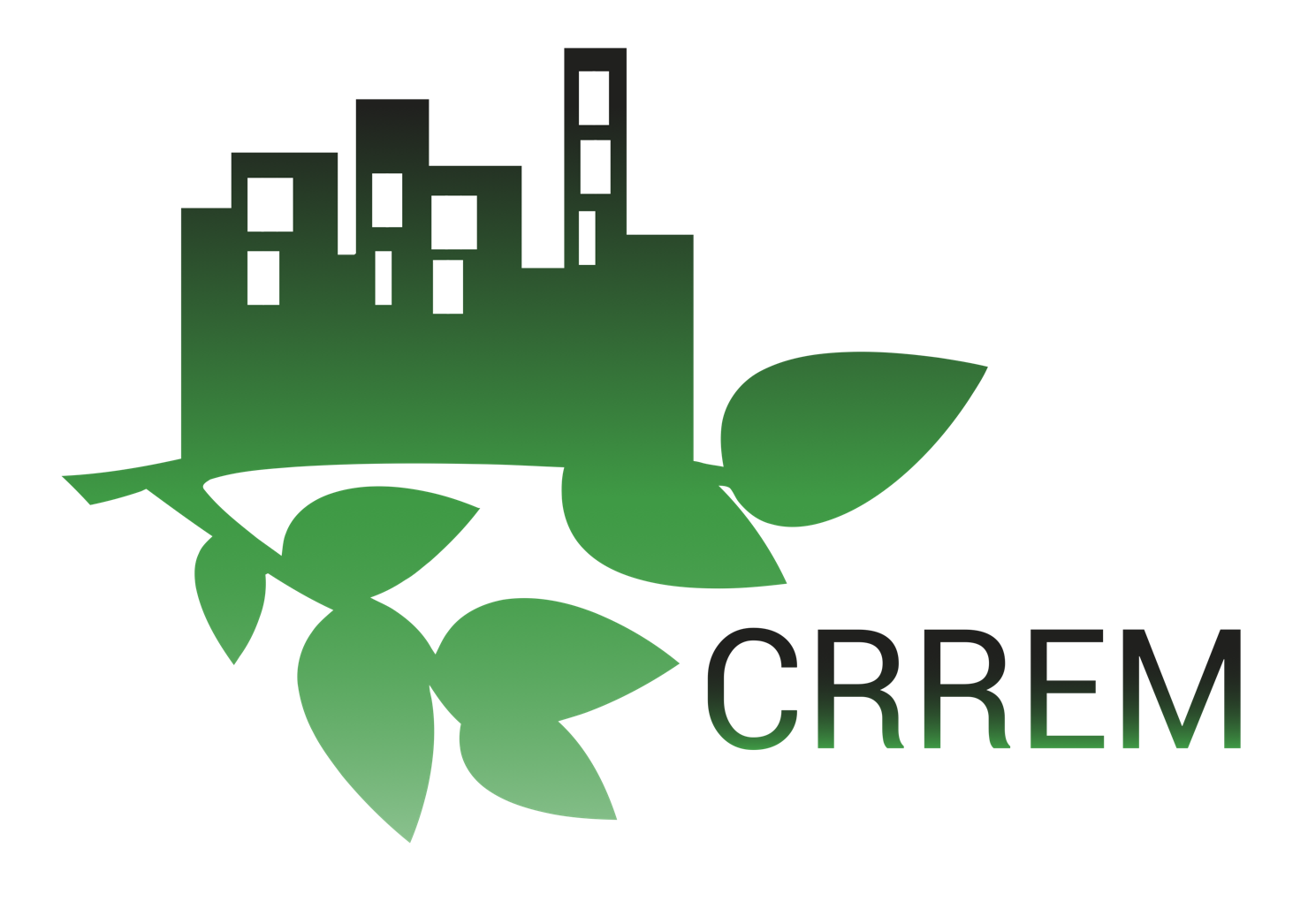
As sustainability and decarbonization targets become mandatory across Europe, the Carbon Risk Real Estate Monitor (CRREM) is becoming a critical reference. It provides science-based decarbonization trajectories that allow building owners and investors to evaluate whether their properties are aligned with EU climate goals.
By comparing your building’s energy performance with CRREM benchmarks, you can identify:
• Which assets are “stranded”, at risk of failing future carbon regulations?
• Where to act with energy-efficient renovations?
• How to preserve and enhance your asset’s market value in a climate-conscious economy?

dEEP Action Plan helps you to achieve your CRREM targets
At dnergy®, we integrate CRREM pathways directly into our dEEP action plans, offering dynamic tracking, performance forecasting, and actionable insights to keep your assets aligned—and ahead of regulation.
dEEP goes beyond diagnostics. It helps you act:
• Dynamically track carbon performance per asset in real time
• Simulate future compliance scenarios using CRREM trajectories
• Identify where and when to invest in targeted improvements
• Reduce carbon intensity - and prove it, with live data

CRREM is the tool that tells you if your building is OK
or if it’s heading toward a loss in value due to poor energy performance
If it’s not aligned, that’s the warning sign:
you need to take action, either through strategic renovations or by implementing smart tools like dEEP by dnergy®.
Contact us to get actionable insights to keep your assets aligned—and ahead of regulation.
What You Need to Know About Europe’s other 8 Key Energy & Sustainability Regulations:
1) EU Taxonomy: European Union Taxonomy for Sustainable Activitie
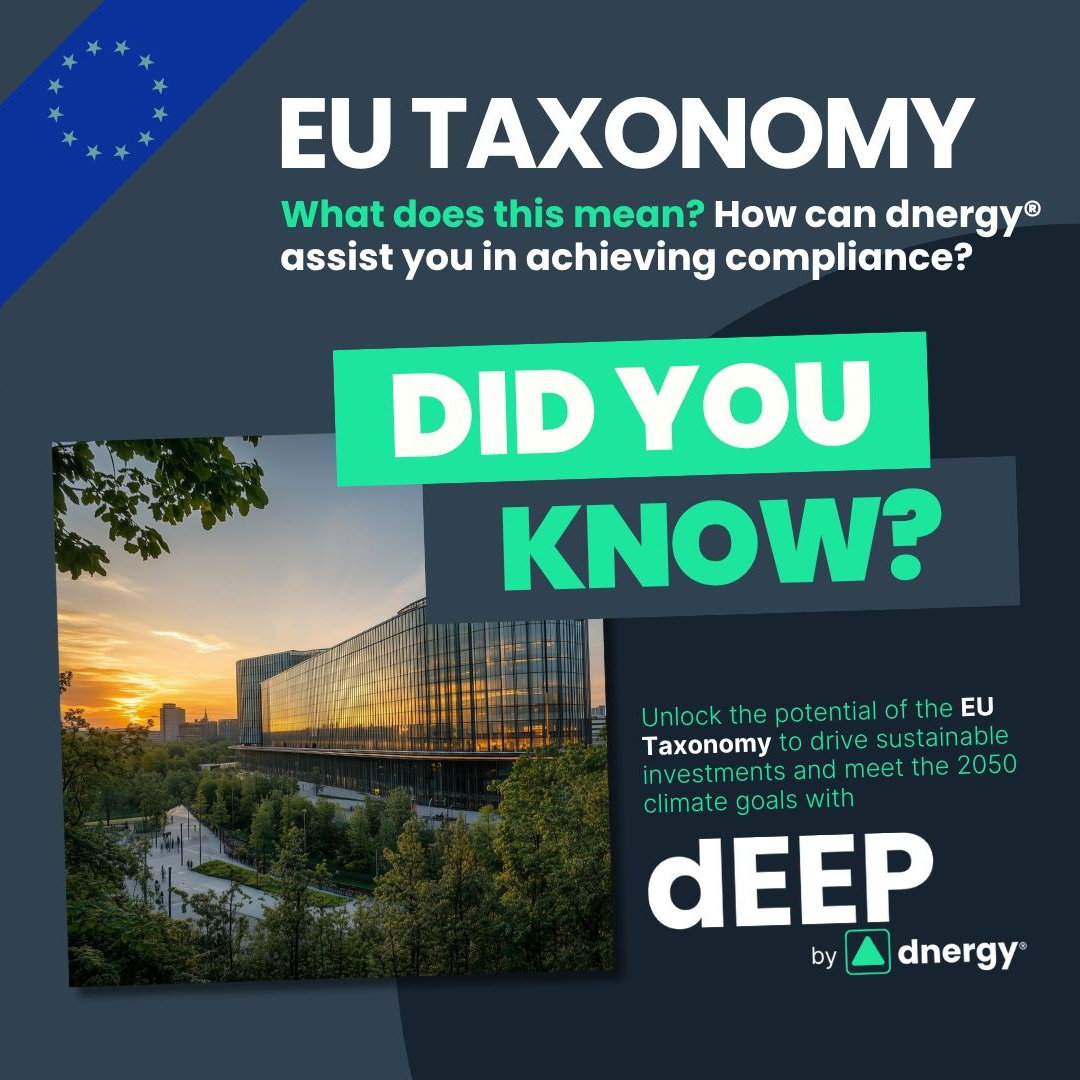
The EU Taxonomy is a classification system that defines which economic activities can be considered environmentally sustainable. It is a cornerstone of the European Green Deal, designed to direct capital towards green investments and align financial flows with climate goals.
This means identifying which assets and renovation activities meet strict technical screening criteria for real estate, particularly in climate change mitigation, adaptation, and energy performance. The goal is to promote transparency, reduce greenwashing, and build investor trust through standardized definitions of “sustainability.
2) SFDR: Sustainability Financial Disclosure Regulation
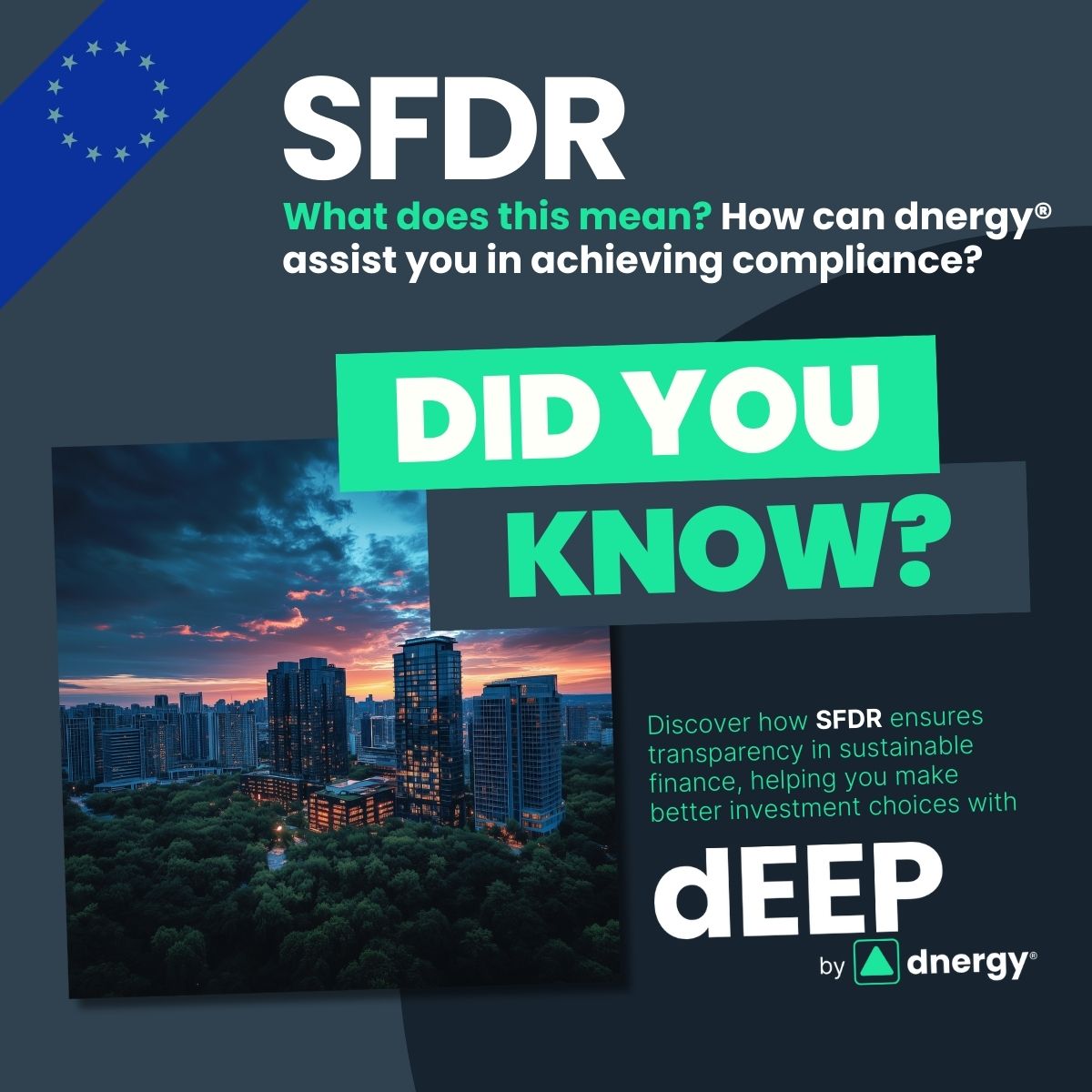
The SFDR requires financial market participants, including asset managers, to disclose how sustainability risks are integrated into investment decisions and the likely impacts of these risks on returns. It’s part of the EU’s broader Sustainable Finance framework, aiming to bring more accountability and transparency to ESG claims.
For real estate portfolios, SFDR means tracking and reporting sustainability metrics at asset and fund levels — both at pre-contractual and ongoing stages. The regulation categorizes financial products into Articles 6, 8, and 9 based on their sustainability focus, creating an urgent need for reliable data and transparent reporting mechanisms.
3) CSRD: Corporate Sustainability Reporting Directive

The SFDR requires financial market participants, including asset managers, to disclose how sustainability risks are integrated into investment decisions and the likely impacts of these risks on returns. It’s part of the EU’s broader Sustainable Finance framework, aiming to bring more accountability and transparency to ESG claims.
For real estate portfolios, SFDR means tracking and reporting sustainability metrics at asset and fund levels — both at pre-contractual and ongoing stages. The regulation categorizes financial products into Articles 6, 8, and 9 based on their sustainability focus, creating an urgent need for reliable data and transparent reporting mechanisms.
4) EPBD: Energy Performance of Buildings Directive
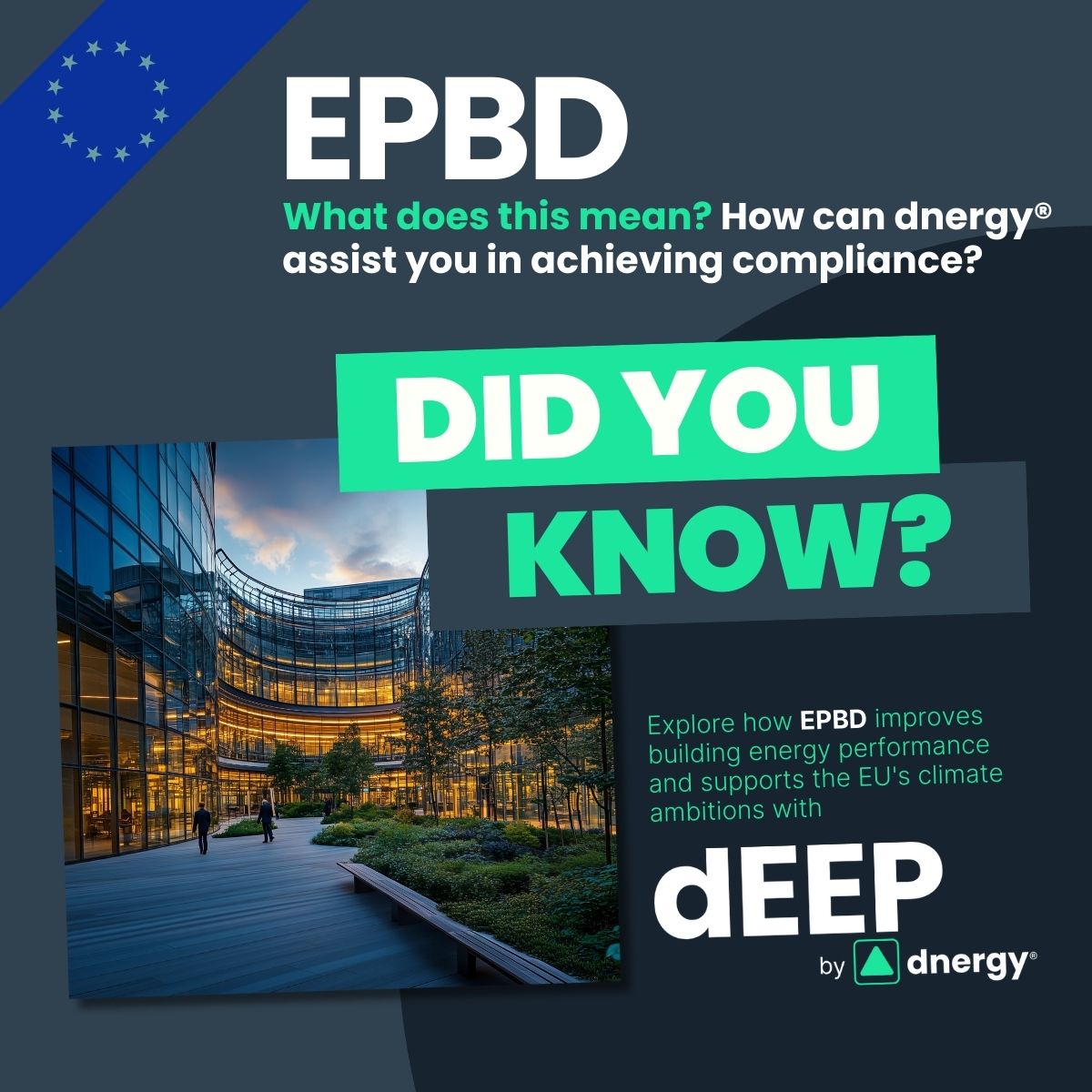
The EPBD is central to the EU’s efforts to decarbonize its building stock, which accounts for roughly 40% of energy consumption and 36% of CO₂ emissions. It outlines requirements for energy performance certificates (EPCs), regular inspections, and long-term renovation strategies
The 2023 revision pushes further — mandating minimum energy performance standards (MEPS) for all buildings, introducing a digital building logbook, and requiring the phase-out of fossil fuel heating. This directly impacts asset managers who must ensure their portfolios are energy-compliant and renovation-ready.
5) EPC: Energy Performance Certificate
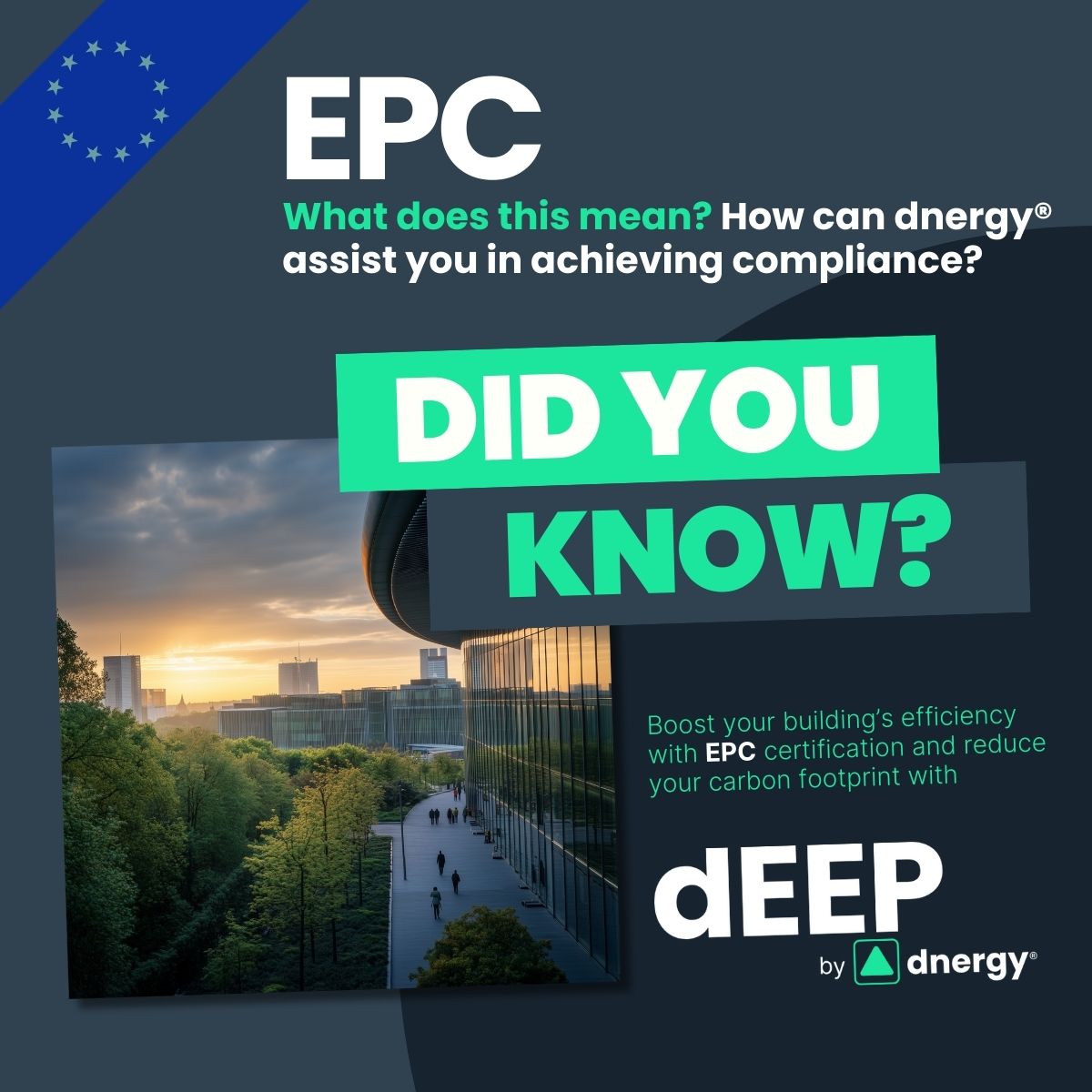
The EPC provides a standardized rating of a building’s energy efficiency, offering crucial insight into operational performance and compliance with national energy regulations. It is a central tool in assessing current building stock and informing decisions on renovations and sustainability targets.
For real estate asset managers, EPCs are essential for compliance, tenant transparency, and aligning with broader carbon reduction strategies. EPC ratings increasingly influence property valuations, tenant demand, and investor scrutiny.
6) NZEB: Nearly Zero-Energy Building
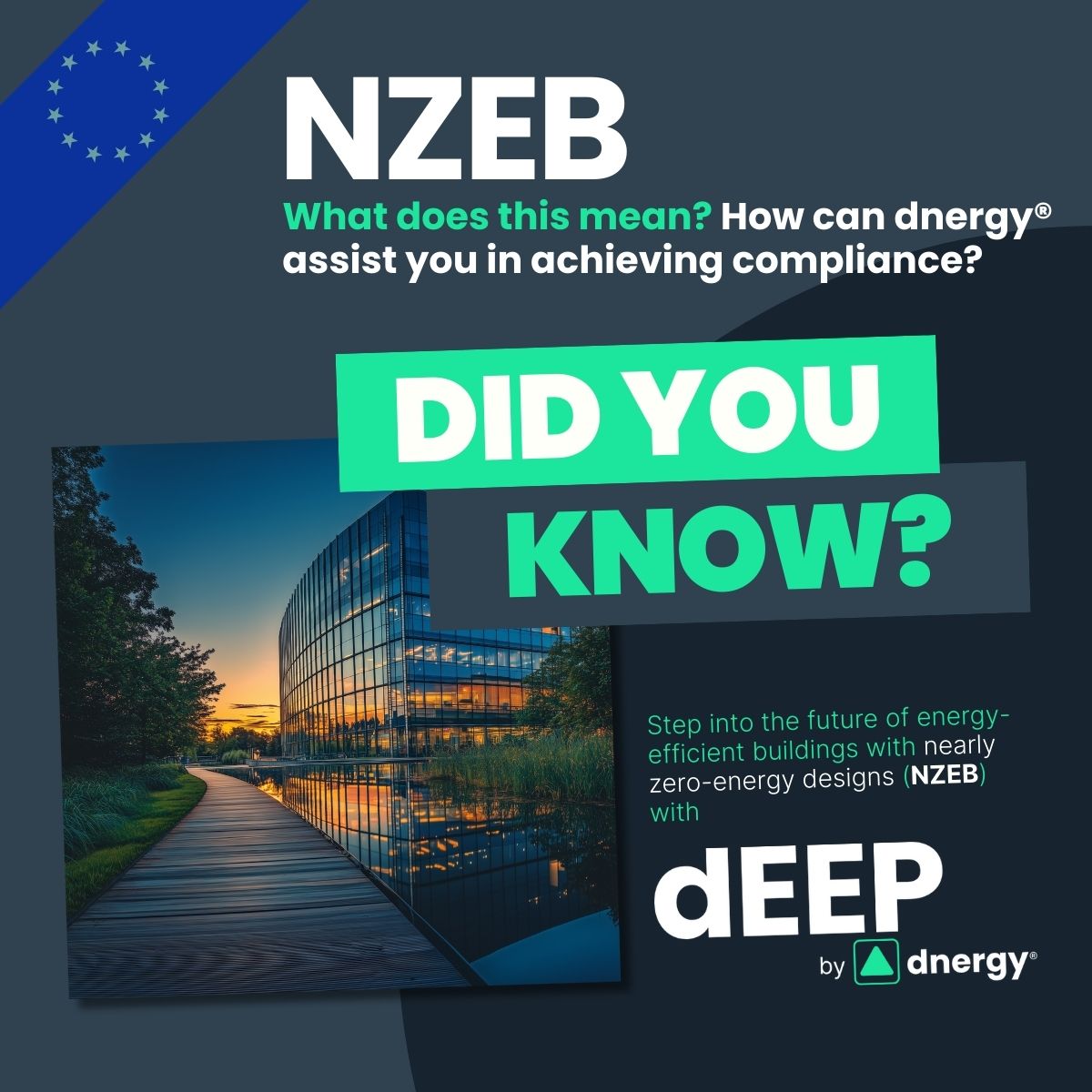
NZEB standards require buildings to have very high energy performance, with most of the required energy coming from renewable sources. It’s a key component of the EU’s climate-neutral building agenda, especially for new constructions and major renovations.
Complying with NZEB is no longer optional — it’s a prerequisite for new developments and retrofits. This means precise planning, cost forecasting, and integration of on-site renewables or high-efficiency systems for asset managers.
7) SRI: Smart Readiness Indicator
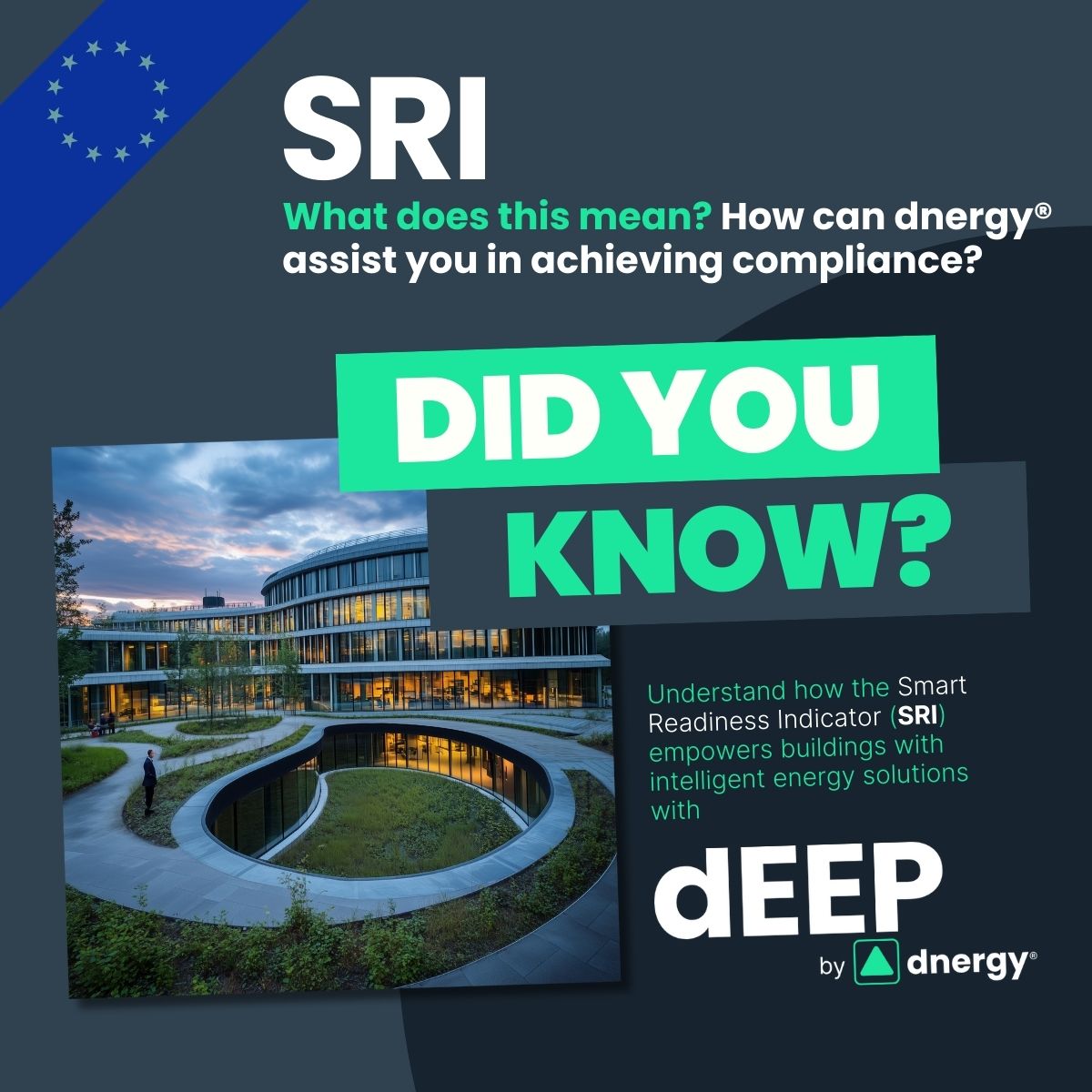
The SRI is a new EU framework measuring a building’s capability to adapt its energy use via innovative technologies — such as automation, responsiveness to occupant needs, and integration with energy grids.
SRI brings a digital dimension to sustainability. It’s about leveraging intelligence to reduce energy consumption, improve comfort, and support decarbonization. For real estate owners, it creates a future-facing value metric tied to innovation and operational efficiency.
8) BREEAM: Building Research Establishment Environmental Assessment Method
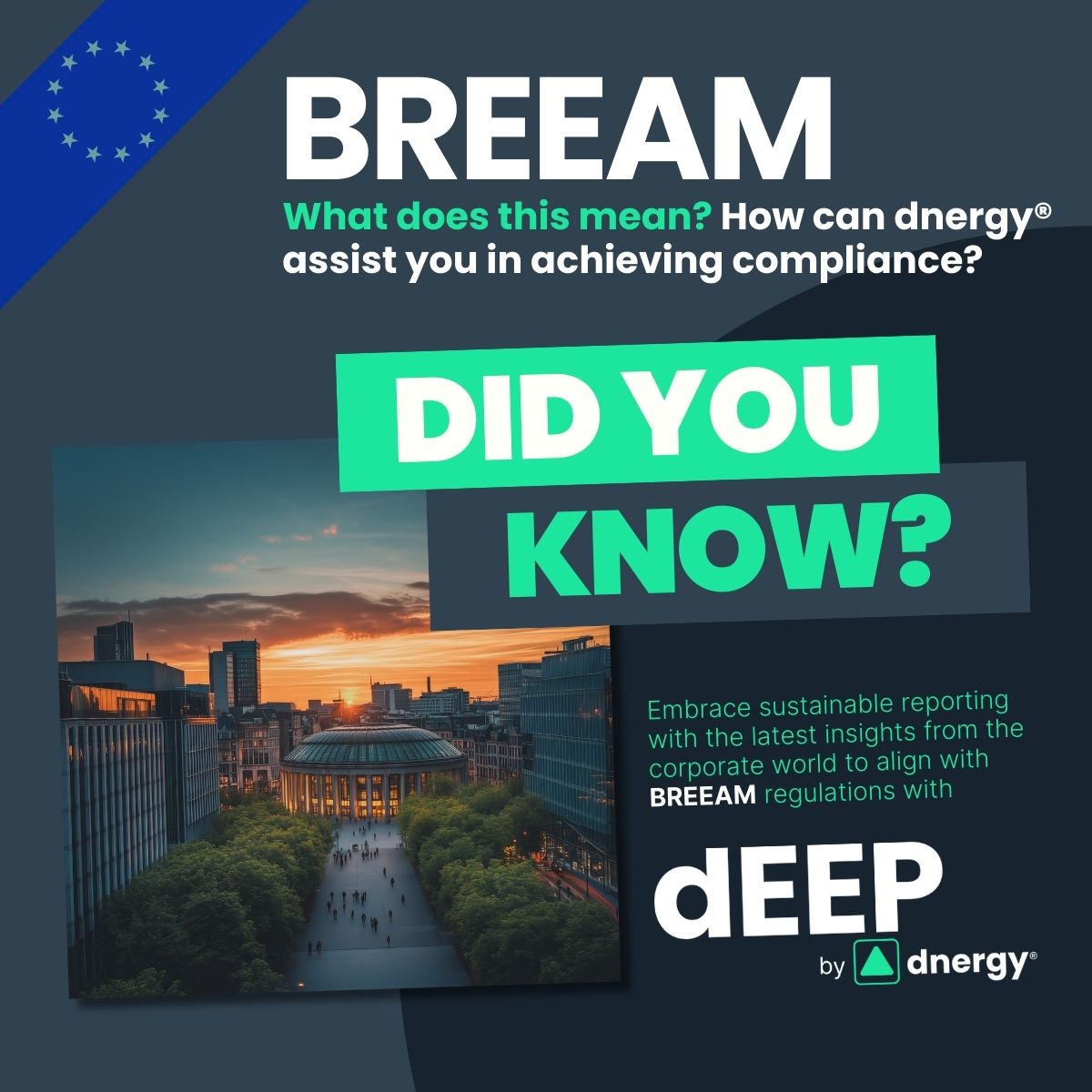
BREEAM is a globally recognized sustainability certification that assesses buildings across energy, health, water, materials, and innovation categories. A strong BREEAM rating enhances asset value, attracts ESG-conscious tenants, and reinforces investor confidence.
Navigating BREEAM requirements across a portfolio — especially during acquisition or renovation — requires continuous tracking, data centralization, and performance optimization.
What You Need to Know About Europe’s other 8 Key Energy & Sustainability Regulations:
OUR ENGAGEMENT
Stakeholder Engagement for Compliance
Beyond data and technology, dnergy is committed to engaging stakeholders, including tenants, to help them understand their impact on CO2 emissions and guide them toward more energy-efficient building usage. This collaborative approach ensures that compliance efforts are integrated throughout your portfolio.

Where technology and Energy Experts Meet
